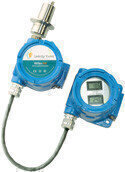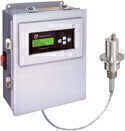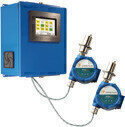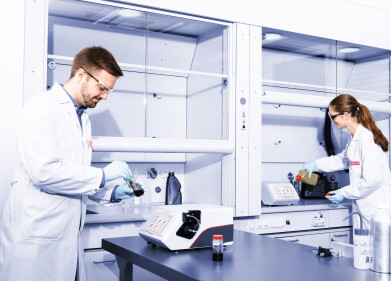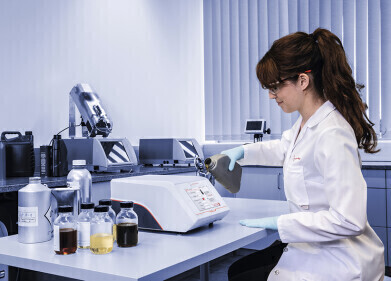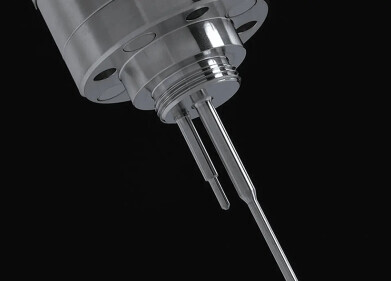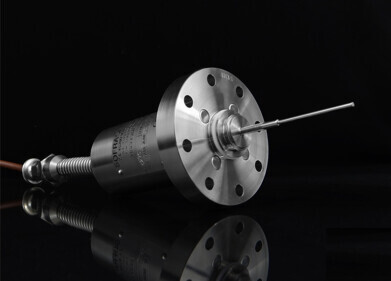Viscometer
Chevron Updates Older Viscosity Systems for Better Lube Oil Product Reliability
Dec 14 2009
To better measure the viscosity of its high-value lube oils, Chevron Energy Technology Company needed to update to a more modern and reliable viscometer. The company was using viscometers that consisted of tubing and heaters in a bath. In searching for a replacement, however, they did not want to lose the ability to measure viscosity at set temperature.
Chevron turned to Cambridge Viscosity for a solution. “We selected Cambridge Viscosity because of their advanced piston technology and the fact that the company has a proven track record, with 25 years of experience and thousands of viscometers in operation worldwide,” says John Dempster, Chevron Energy Technology Company.
Cambridge Viscosity retrofitted Chevron’s existing capillary type system with their VISCOpro sensor and electronics under the invitation of Mark Lee of Chevron’s Richmond refinery. The pumps and tubing from the bath system were removed, retaining only the bath fluid with its heating/cooling capability. Cambridge Viscosity installed its sensor, fitted to the existing bath unit with a sealed bracket. The sensor was immersed directly into the bath fluid and very accurate temperature control was achieved.
John Dempster says the company’s primary goals were to achieve a higher degree of reliability and reduce the need for cleaning and maintenance required by the old system. The previous system relied on the measurement of viscosity and refractive index to correlate the Viscosity Index. This is an inaccurate method, compounded by the necessity to regularly clean the refractometer. Using Cambridge Viscosity’s technology, proven on a single viscosity measurement, Chevron will be able to measure viscosity at two temperatures to directly determine the Viscosity Index of the lube oil using ASTM methodology.
“We are very pleased with the accuracy and reliability of the retrofit,” says John Dempster. “We plan to retrofit additional systems in the coming months and use this technology for other upcoming projects.”
Cambridge Viscosity’s patented sensor technology complies with ASTM D7483-08 and directly correlates to ASTM D445. The sensor has only one moving part, a piston, driven electromagnetically through fluid in a small measurement chamber. A deflector, positioned over the piston, moves fluid into the measurement chamber, while two coils move the piston back and forth at a constant force. Proprietary circuitry analyzes its two-way travel time to measure absolute viscosity. Because all wetted parts are stainless steel and the piston is in constant motion, the sampling area is continually scrubbed clean. There is no need for frequent calibration and very little maintenance is required.
In addition to the sensor itself, each viscometer includes a built-in temperature detector that senses the actual temperature in the measurement chamber in order to determine a temperature-compensated viscosity (TCV) reading. This increases accuracy under the changing environmental conditions in which the viscometer operates.
With measurement capabilities ranging from 0.2 to 20,000 cp – or higher with Cambridge’s custom engineering capability – each Cambridge Viscosity viscometer has been designed to deliver the precision and flexibility needed in the lab or refinery.
Contact Cambridge Viscosity at 781-393-6500 or email us at info@cambridgeviscosity.com. www.cambridgeviscosity.com
Digital Edition
PIN 25.5 Oct/Nov 2024
November 2024
Analytical Instrumentation - Picturing Viscosity – How Can a Viscometer or a Rheometer Benefit You? - Sustainable Grease Formulations: Evaluating Key Performance Parameters and Testing Method...
View all digital editions
Events
Jan 20 2025 San Diego, CA, USA
Jan 22 2025 Tokyo, Japan
Jan 25 2025 San Diego, CA, USA
SPE Hydraulic Fracturing Technology Conference and Exhibition
Feb 04 2025 The Woodlands, TX, USA
Feb 05 2025 Guangzhou, China
